Yoshihiro Narisawa opened this restaurant in 2003 after previously running a restaurant in Kanagawa from 1996. Prior to that he trained in France, Italy and Switzerland from 1988, in restaurants such as Paul Bocuse and also working under Joel Robuchon. He is noted for his use of modern cooking techniques in a country where cuisine is often deeply rooted in tradition. In 1997 he collaborated with a university to try and work out the optimal temperature for cooking meat, concluding that slow cooking at 60C was optimal. The restaurant was awarded a Michelin star in 2008, and a second in 2010.
His current establishment opened in the Minami Aoyama area in Minato-ku in 2003. The restaurant is set back from a busy street, next to an office building. It is at street level and has modern decor, with eight large, well-spaced tables laid with high quality white linen. I counted 14 diners at our lunch, with one table empty; in the kitchen there were twelve chefs and four pastry chefs working, to give an idea of the amount of work going on per diner.
The style of cooking is decidedly modern, drawing on a fusion of Japanese and western influences. The chef has an interest in ecology, and his "evolve with the forest" cuisine focuses on natural materials like fruits, nuts and the animals that feed off them, rather than agricultural produce.
There was a multi-page wine list, which is relatively unusual in Japan. Examples were Trapet Riesling 2010 at ¥8,400 for a wine that can be found in a shop for around ¥3,500, Dominus 2006 at ¥34,000 for a wine that retails at ¥17,000, and Unico 1989 at ¥126,000 for a wine that will set you back ¥51,000 in a shop. A tube containing bread dough was left on the table to prove, and then cooked in a miniature oven at the table, of which more anon. Mineral water was from a spring near a temple, and the waiter informed us that the magnesium to calcium ratio of the water was 2:1 - I think this means that it was particularly soft water. I am pretty confident that the hydrogen and oxygen elements were also in a 2:1 ratio.
The meal began with a nibble called "essence of the forest" comprising green tea powder, carbonised bamboo, a bean yoghurt, deep fried vegetable chips and sweet onion coated in carbonised level powder. On the side was a little cup of water flavoured with oak, which tasted exactly as it sounds. This dish was pleasant enough except for the carbonised leek powder, which just gave a burnt taste to the otherwise sweet onion (14/20).
A dish using ingredients from Okinawa consisted of a broth of dried sea-snake powder, pork, winter melon and yam dumpling. This essentially tasted of pork in a light broth, the meat very good (15/20). My wife had a cauliflower soup with very finely cut chives, which had good flavour (15/20). At this stage a couple of bread rolls were brought, which had pleasant texture (15/20). By contrast the bread that had been proving, which was flavoured with chestnut and yuzu, was served when it was not remotely cooked, so you tasted just warm bread dough - this was seriously flawed, in my view (8/20). I have seen the bread proving and then baked fresh to order idea before, for example at Frantzen, but there the end result actually worked and tasted like bread. This version needed a significantly longer time cooking to be ready to eat.
Mackerel from Hagi in western Japan was seared just on one side, served on an eggplant purée with rice vinaigrette, decorated with edible flowers. The mackerel had good rather than exceptional flavour, the aubergine working quite well with the oily fish (15/20).
Langoustine from Surugua bay was served as "warm sashimi", in other words cooked rare, served with tomato purée with yuzu and pepper. The langoustine was undeniably fresh, having been living in an aquarium in the basement of the restaurant prior to cooking. The tomato also had excellent flavour. Personally I think the langoustine, which had plenty of natural sweetness, would have been better cooked a fraction longer (or simply served as sashimi), but it was certainly tender and of high quality (16/20).
Next was blowfish (fugu) from Hagi, deep fried and served with a Japanese citrus called sudachi. Given the inherent blandness of the bony fugu, deep-frying it and adding a hint of citrus seems a very sensible way to treat it, and the way the fish was cut minimised the degree of boniness to flesh presented to the diner, but bones are almost inevitable with this fish. The cooking was very precise, and although objectively this was essentially a carefully fried slab of moderately tasteless fish, I will score a bonus point or two for any chef capable of making fugu appetising, which this was (16/20).
"The Garden" contained several boiled root vegetables, including carrot, black radish, purple cabbage, red radish, broccoli, potato and squash. A cheese fondue was poured over the vegetables, the cheese actually from Japan. It is difficult to make a collection of boiled root vegetables interesting, but the cooking was certainly accurate, the cheese sauce adding some much needed flavour (14/20).
This was followed by tilefish with maitake mushrooms cooked en papillotte with essence of soft shell sea turtle. This was steamed for eight minutes at 180 degrees. The overall effect was enjoyable: the tilefish had excellent flavour, the mushrooms good, the stock not having a strong taste (16/20).
Beef from Hida was the main course. Rump was used, cooked by pouring olive oil over the beef for half an hour, essentially cooking it at a low temperature, the meat coated in charcoal-cooked leek reduced to a powder. This was served with onion, sansho pepper, sansho leaf, a sauce of black fermented garlic and a further bordelaise sauce. This was a very successful dish, the sansho genuinely spicy, the onion sweet, the beef having deep flavour, with a nice sake sorbet on the side. I really liked the way the spice and sweetness combined with the excellent meat (18/20).
Strawberry sorbet was served with kuzumochi (mochi rice cake), and sakekasu (sake sediment) with cream and milk. The strawberry itself was good, the sakekasu more of an acquired taste (14/20). I preferred chestnut in several forms: crisp, cake, and as sauce, served with rum and raisin ice cream and warabi (a fern) leaves. The ice cream was superb, the chestnuts in season and having excellent flavour (16/20).
To finish a vast array of mignardise was brought over in its own table. A mini tarte tatin was very good, as was canoli, pecan, assorted delicate macaroons and a strawberry tart, and this selection barely scratched the surface of the range on offer. These were skillfully made (17/20). Coffee served was Illy.
Service was superb, our waiter speaking excellent English and very knowledgeable about the dishes, their components and cooking techniques. The bill came to ¥29,799 with just water to drink, which works out at £83 a head, which I thought was very fair given the huge amount of work that was evidently involved. Presentation of the dishes was superb, and the ingredients of good quality. As is inevitable over the course of a tasting menu, I enjoyed some dishes more than others, but the beef in particular and the mignardise showed real skill. Some other dishes were harder to love, but this was certainly thoughtful and original cooking.






















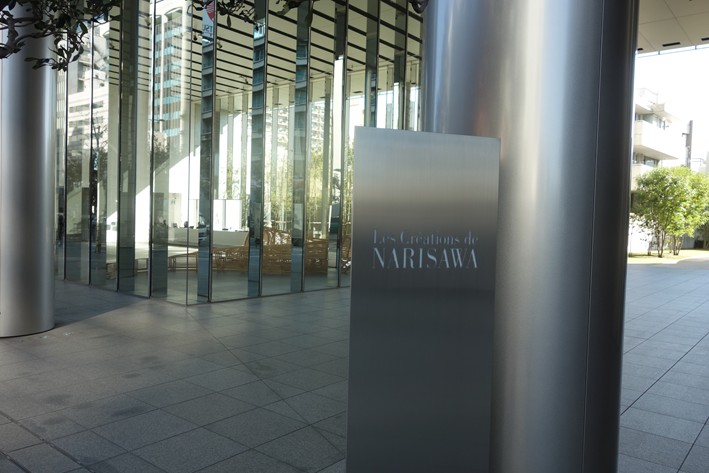
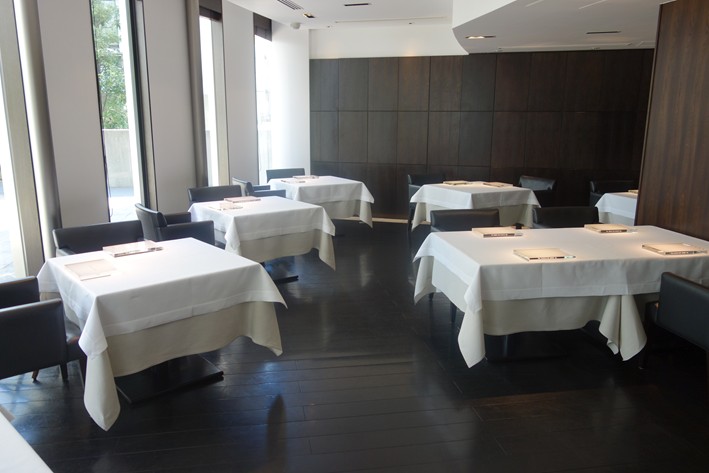
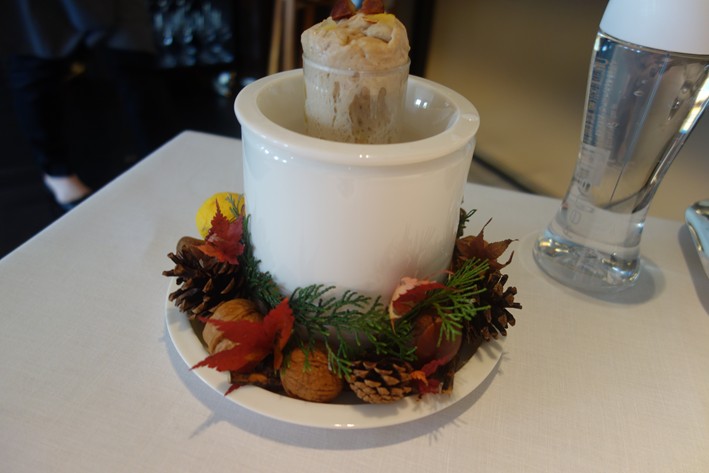
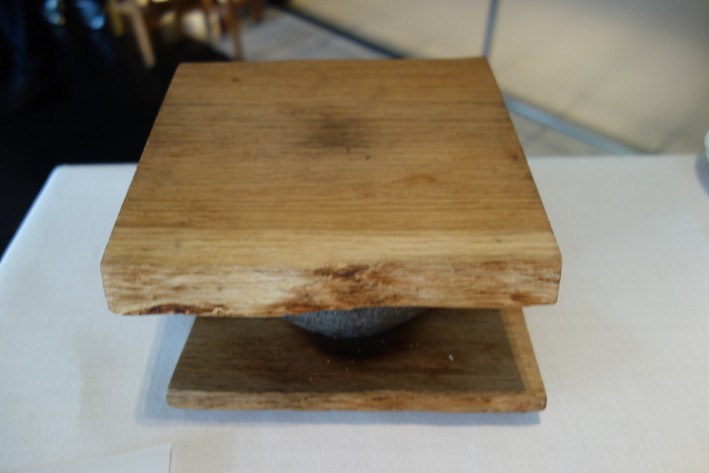
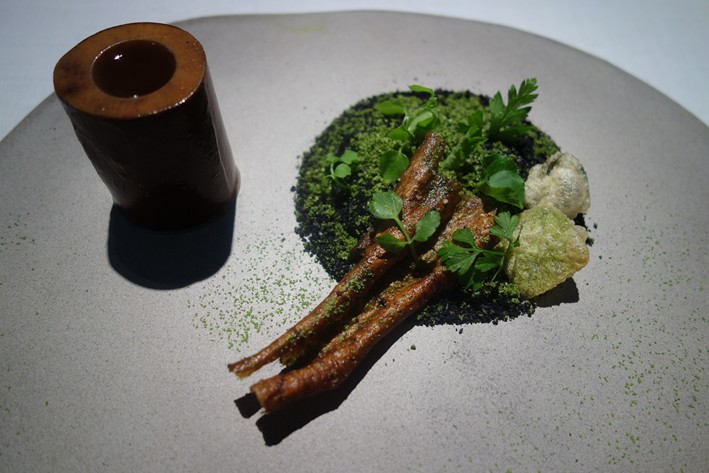
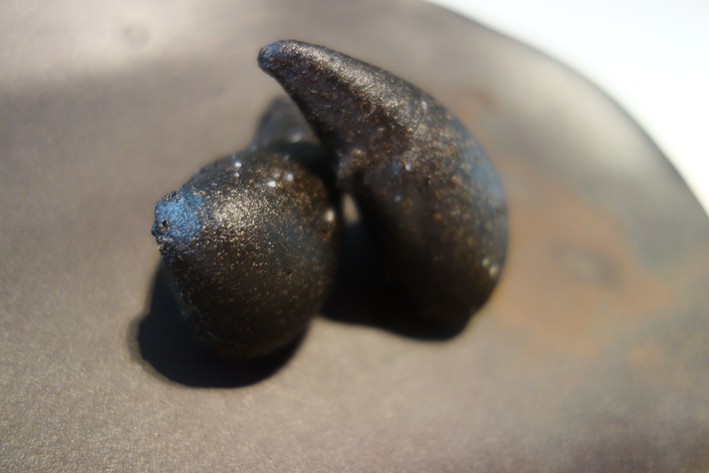

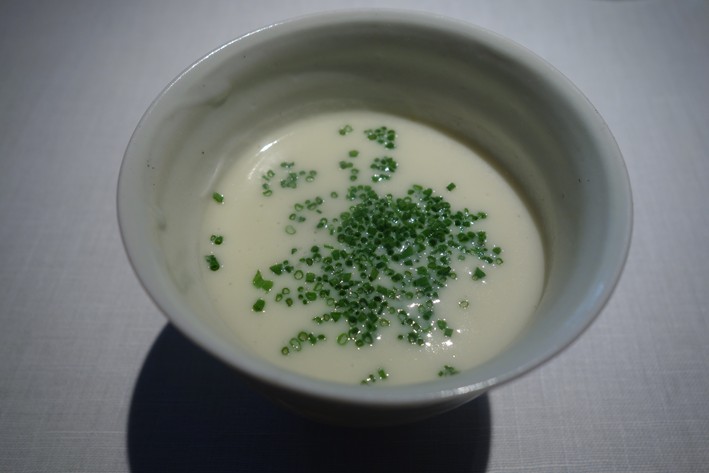

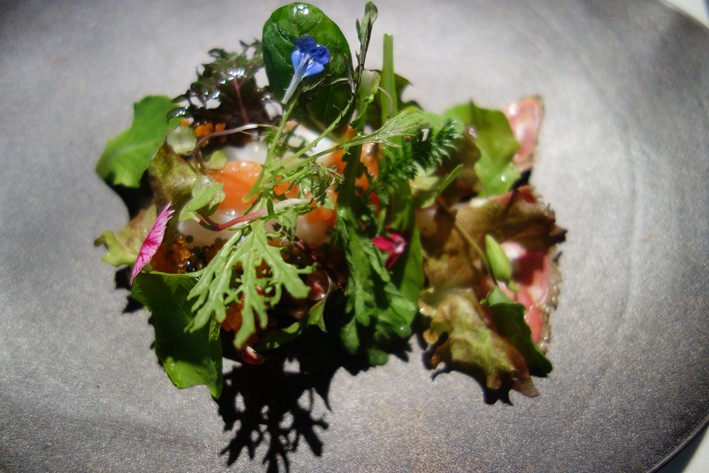
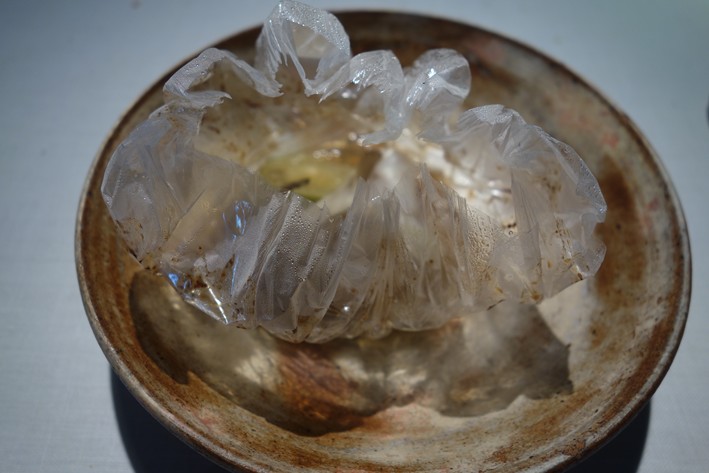
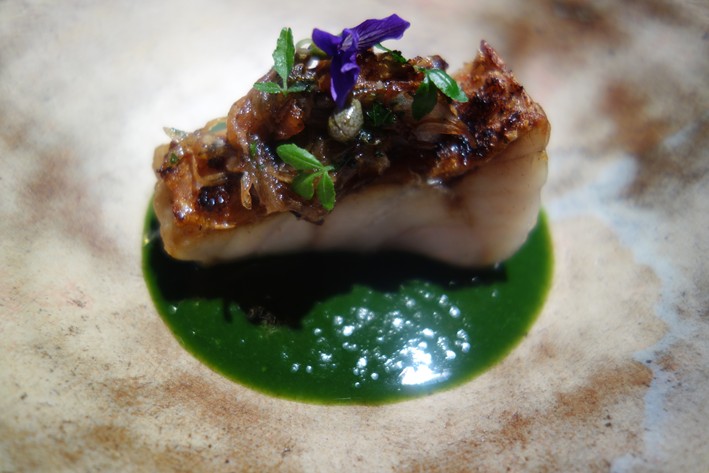
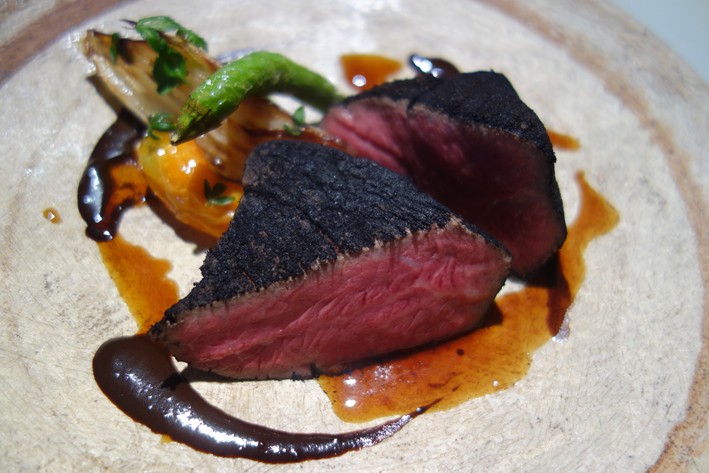
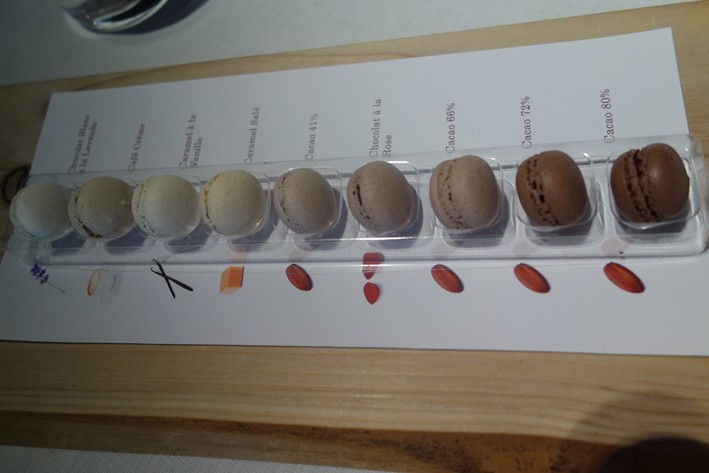
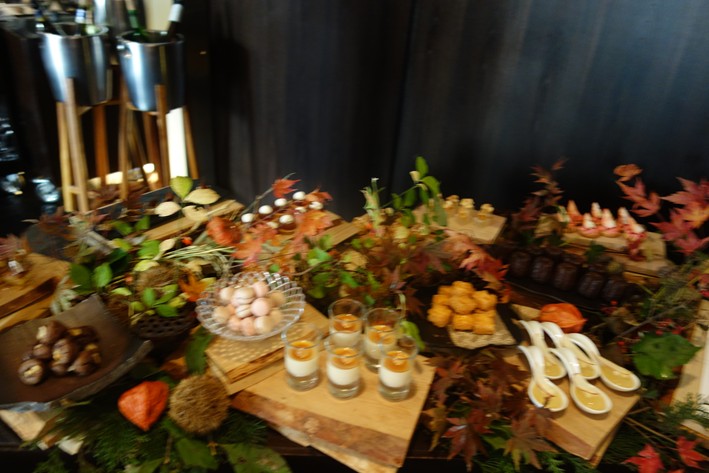
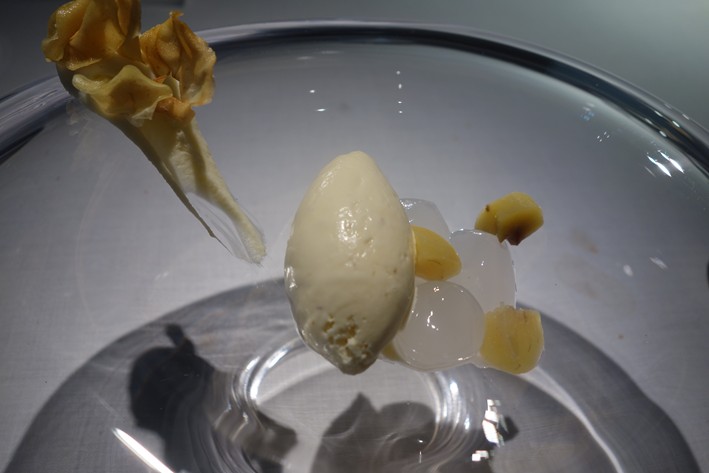


Add a comment
Thank you for submitting your comment, this will be checked and added to the website very soon.
User comments